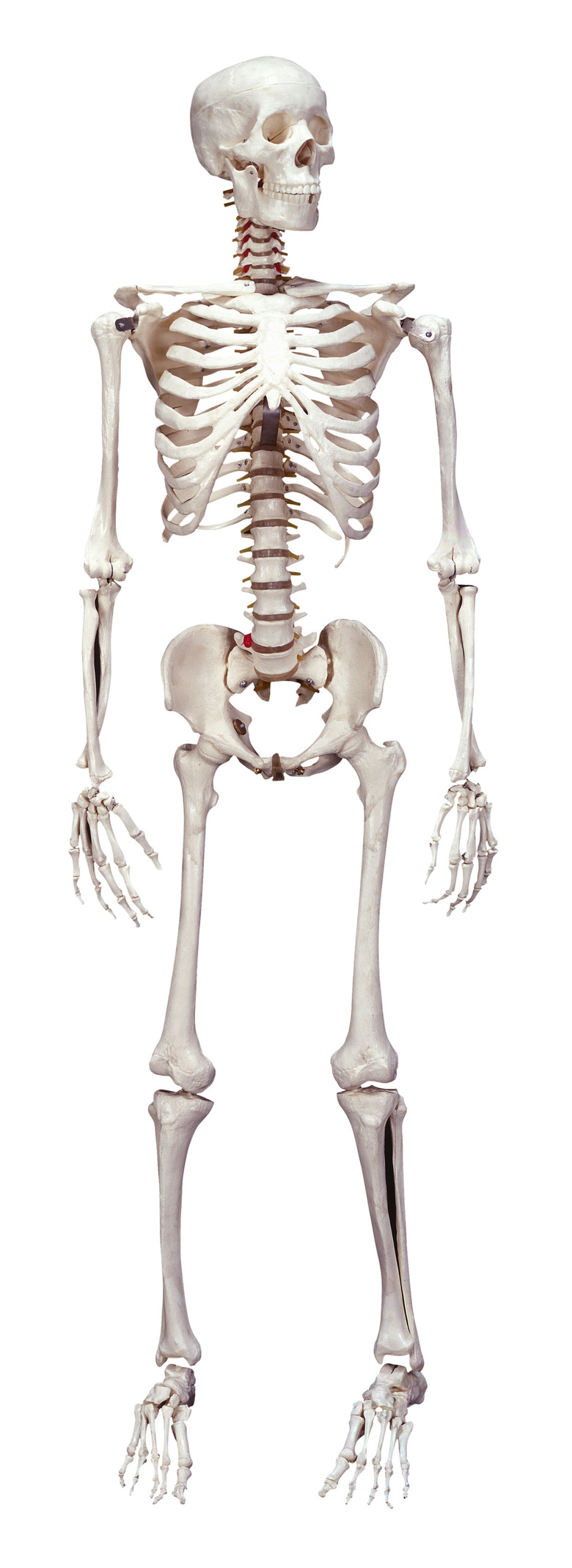Science Project On Why Bones Get Rubbery In Vinegar
The rubber bone experiment is a classic scientific investigation that teaches how important calcium is to having a strong and healthy skeletal system, as well as the acidic properties of vinegar. You can conduct this experiment with any type of bone, but it's probably easiest to use poultry bones you can buy at the local supermarket.
State a Hypothesis
State a Hypothesis
Before beginning your experiment, ask yourself some questions about the effects of vinegar on bones that will drive your investigation. For example, consider if the amount of time you leave a bone in vinegar will affect how much the bone bends. Question whether smaller bones will require less time in vinegar to become flexible than larger bones. Furthermore, ask yourself if the type of vinegar you use will play a factor in how the bones react. Write down your responses to each of these questions to form your hypotheses. You will use the results from your experiment to test whether or not your thoughts were correct.
Prepare Your Bones
Prepare Your Bones
Purchase a package of chicken legs and wings, and either cook and eat the meat, or simply strip the meat from the bones. Consistency is important, so if you decide to cook the chicken, cook all the legs you plan to use for the experiment so that you won't have a mix of cooked and uncooked bones. Once all of the meat has been stripped from the chicken leg bones, rinse and dry the bones. Next, test the strength of each bone: Try to bend each one. Tap them on a hard surface. Make sure that they all appear to be solid and inflexible.
Conduct Your Investigation
Conduct Your Investigation
Set out three mason jars and fill each one with a different type of vinegar. Fill one with white vinegar, another with apple cider vinegar and another with balsamic vinegar. Label each jar and then place a few bones in each. Make sure to put at least two leg bones and two smaller wing bones in each jar, and then seal each jar. Put the same types and sizes of bones in identical, sealed jars with an equal volume of water in place of the vinegar– this will be your "control group", a group with the same characteristics and treatment as the experimental group, except for one variable (in this case, the vinegar). You will compare your "rubberized" bones to these control bones after the experiment is over.
Check Your Results
Check Your Results
After one day has passed, takes one leg bone and one wing bone out of each jar and rinse them off. Test them for flexibility compared to your control bones, and write down your results. Two days after that, remove the rest of the bones, clean them and test them for flexibility. The bones — especially those you left for three days — should feel quite flexible. These bones became soft because the vinegar is a mild acid and ate away the calcium that makes bones brittle. Write down your results and then compare your results to your original hypotheses. Did the type of vinegar affect the bones' softening? Did the smaller bones soften faster than the larger bones?
Cite This Article
MLA
Cascio, Christopher. "Science Project On Why Bones Get Rubbery In Vinegar" sciencing.com, https://www.sciencing.com/science-project-on-why-bones-get-rubbery-in-vinegar-12757645/. 22 November 2013.
APA
Cascio, Christopher. (2013, November 22). Science Project On Why Bones Get Rubbery In Vinegar. sciencing.com. Retrieved from https://www.sciencing.com/science-project-on-why-bones-get-rubbery-in-vinegar-12757645/
Chicago
Cascio, Christopher. Science Project On Why Bones Get Rubbery In Vinegar last modified August 30, 2022. https://www.sciencing.com/science-project-on-why-bones-get-rubbery-in-vinegar-12757645/
